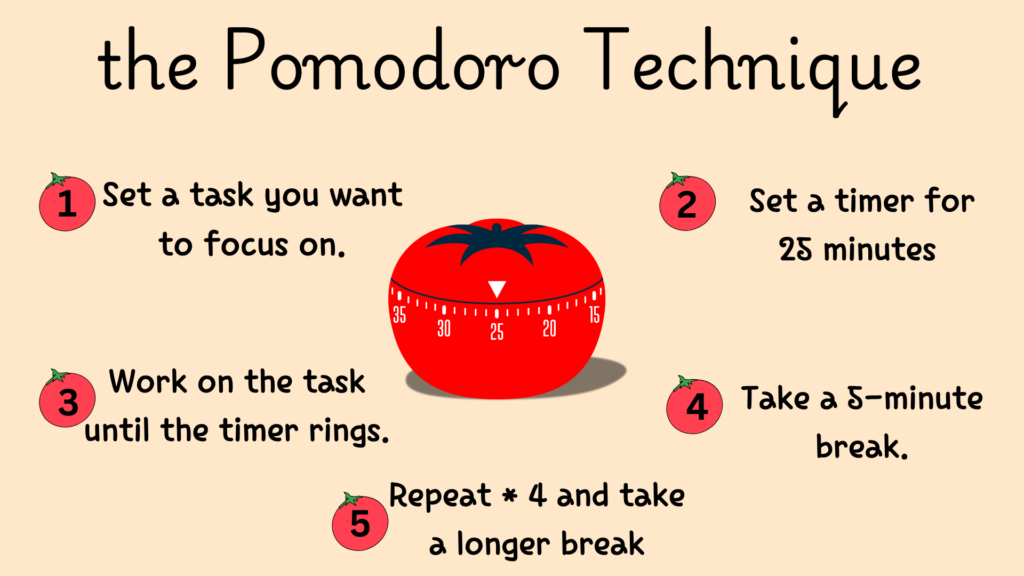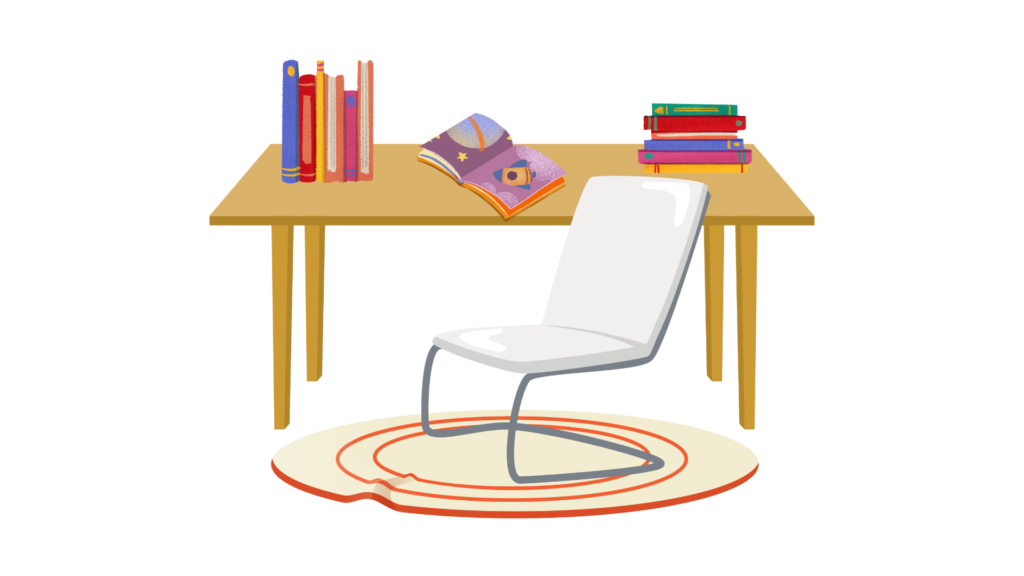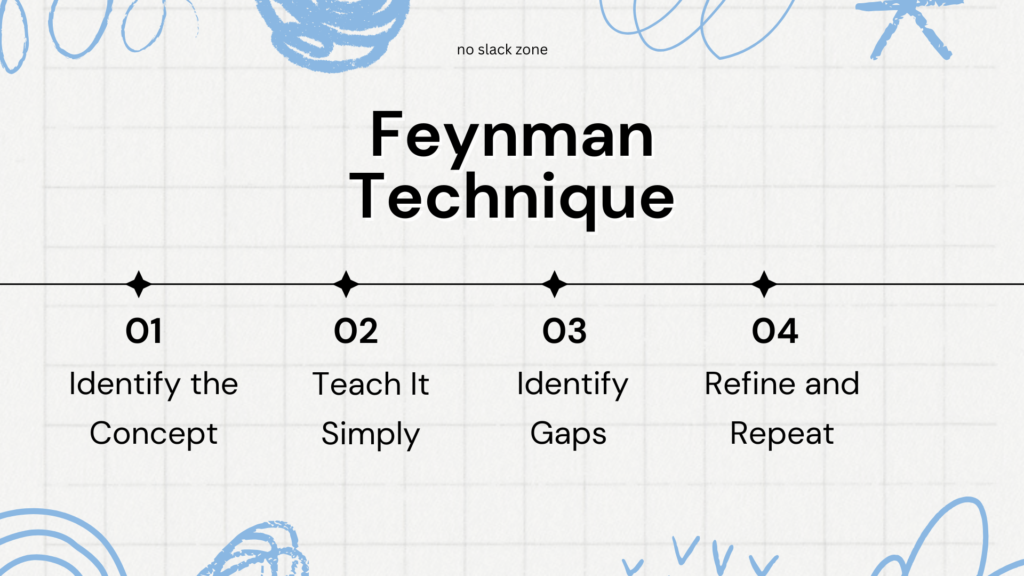The Lazy Student’s Guide to Getting Things Done (kinda )
when you’re a student, procrastination can feel like an Olympic sport. You’ve got assignments piling up, deadlines sneaking closer, and that dreaded exam you haven’t even thought about. The thought of getting started? Overwhelming. But here’s the truth: you can get more done, even if you’re not the most hardworking person in the room.
In this guide, we’ll tackle the art of productivity for those who’d rather binge Netflix than write a 2,000-word essay. you don’t need to completely overhaul your habits. Small, manageable tweaks are enough to turn “lazy” into “efficient.”
By the end of this post, you’ll discover:
- How to hack your brain to trick yourself into working.
- Study techniques that take minimal effort but deliver maximum results.
- Tools and strategies designed for students who hate studying.
So, if you’re ready to work smarter, not harder, let’s dive in.
Understanding the Lazy Mindset
Before jumping into solutions, let’s unpack the so-called “lazy student” mindset. Are you truly lazy? Probably not. More often than not, procrastination stems from:
- Overwhelm: The task feels too big, so you avoid it entirely.
- Perfectionism: Fear of failure keeps you stuck at the starting line.
- Lack of motivation: When the goal feels irrelevant, it’s hard to care.
But here’s a little secret: your brain loves shortcuts. It craves efficiency. The goal here isn’t to change who you are—it’s to embrace that desire for shortcuts and make it work in your favor.
Lazy-Friendly Study Tips That Actually Work
Let’s skip the complicated systems and get straight to what works.
1. The Two-Minute Rule
Procrastination hack: If a task will take less than two minutes, do it immediately. For bigger tasks, commit to just two minutes of work. Often, starting is the hardest part, and once you begin, you’re likely to keep going.
Example: Instead of saying, “I need to study biology for three hours,” tell yourself, “I’ll review Chapter 3 for just two minutes.”
Why it works: It reduces the psychological barrier to starting.
2. Study in Sprints
The Pomodoro Technique is perfect for lazy students. Here’s how it works:
- Study for 25 minutes.
- Take a 5-minute break.
- Repeat 4 times, then enjoy a longer 15-20 minute break.
Tools like Pomofocus can help you time your sessions.
Pro Tip: Use your breaks to do something rewarding, like watching a funny video or grabbing a snack.
3. Create a “Lazy Workspace”
Set up a space that’s cozy but not too comfortable. Think:
- A clutter-free desk.
- Good lighting.
- Noise-canceling headphones (or a study playlist on Spotify).
Procrastination Trigger: Studying in bed. Avoid it—it tricks your brain into thinking it’s nap time.
Study Techniques for Minimal Effort, Maximum Results
1. Active Recall > Passive Reading
If you’re skimming through your notes, stop. Active recall—quizzing yourself on material—is a faster way to retain information.
Example: After reading a page, close the book and ask yourself, “What were the main points?”
Study Tip: Use flashcards (apps like Quizlet work wonders).
2. The Feynman Technique
Teach a concept to an imaginary student (or your dog). If you can simplify it, you’ve mastered it.
Why it works: It highlights gaps in your knowledge so you can focus on what you don’t understand.
A Lazy Student’s Study Schedule
Here’s a sample schedule designed for efficiency:
| Time Slot | Task | Why It Works |
|---|---|---|
| 8:00 AM | Review notes for 15 mins | Quick recall solidifies memory. |
| 8:15 AM – 8:40 AM | Pomodoro Study Sprint (25 mins) | Focused and manageable effort. |
| 8:40 AM – 9:00 AM | Reward break (5-10 mins) | Reinforces positive behavior. |
| 9:00 AM – 9:30 AM | Teach a concept (Feynman) | Enhances understanding through teaching. |
| 9:30 AM – 10:00 AM | Quick quiz on key concepts | Active recall solidifies knowledge. |
Adjust this to fit your routine, but the key is short, focused bursts of study time.
Tools for Lazy Students
Don’t reinvent the wheel—let tools do the heavy lifting.
- Grammarly: Polishes your essays and emails.
- Quizlet: Perfect for flashcards and active recall.
- Google Calendar: Helps you plan study sprints and deadlines.
Quick Wins for Instant Productivity
- Batch Similar Tasks: Group tasks like reading or organizing notes to save mental energy.
- Start With the Easiest Task: Success is motivating, so knock out a quick win.
- Use Color-Coded Notes: Highlight key points to make reviewing less boring.
Conclusion
There’s no shame in being a “lazy student”—it just means you’re human. By leveraging these simple strategies, you can beat procrastination and get more done with less effort. Remember, it’s about working smarter, not harder.






